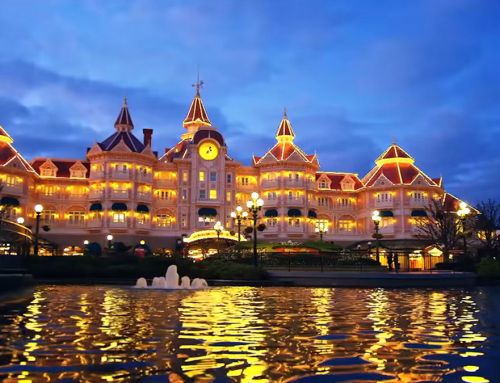Coloured concrete is obtained by adding special pigments to the usual materials from which it is produced (water, sand, aggregates, additives for specific purposes). Although these pigments change the appearance of the material and the construction in which it is used, they do not interfere with its strength, setting or durability, which remain unchanged. Moreover, pigmentation can be combined with other finishing techniques, such as the use of moulds with different textures.

In order to impart their full colouring strength to the concrete, the pigments have to be uniformly dispersed in the mixture. The degree of dispersion of a pigment depends on the type of pigment (dispersion energy), but also, to a large extent, on the consistency of the concrete. A thinner concrete allows better dispersion of all the elements present in the concrete and therefore also of the pigment.
Pigmented concrete, which maintains the characteristics of conventional concrete, can be used both indoors and outdoors. Therefore, we can apply this technique to the concrete needed in the construction of parks, gardens, paths, walkways, roofs, perimeter walls and, in general, wherever it is necessary to give the space a creative and colourful touch.

By Ángel Ibáñez Pérez, senior MEP engineer in the Architectural Department of Amusement Logic
RELATED STORIES
Newsletter



